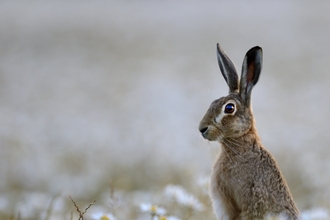When you think of places that protect wildlife you probably think of nature reserves, or maybe Sites of Special Scientific Interest (SSSIs). But how about Local Wildlife Sites? They’re often overlooked, or considered second rate, but Local Wildlife Sites are vital for our wildlife – they cover almost as much of the UK as SSSIs do!
But what is a Local Wildlife Site? It could be a pocket of ancient woodland, gnarled oaks towering above a patchwork of fungi; or a strip of meadow bordering a busy road, alive with colourful wildflowers. They are areas of land especially important for their wildlife; often hidden in plain sight, where nature quietly thrives.


